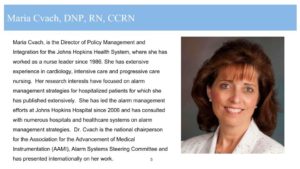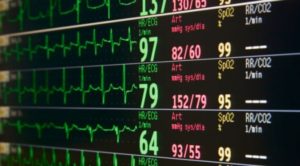In this article which was published in Healthcare Business Today, Michael Wong, JD (Founder and Executive Director, Physician-Patient Alliance for Health & Safety) makes the case for continuous surveillance monitoring and real-time analytics.
The successful implementation of continuous surveillance monitoring may have substantial patient benefits. Unfortunately, analyzing notifications from individual medical devices, reliance on physical spot checks of patients, and the lack of rules-based advanced analytics to assess a patient’s current condition in real-time or to identify signs of deterioration is a goal that many hospitals and health systems still have not attained.
Continue reading “The Case for Continuous Surveillance Monitoring and Real-Time Analytics”


